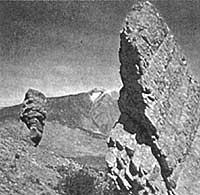Marine Reserves in New Zealand
1988/06/01 Etxeberria, E. Iturria: Elhuyar aldizkaria
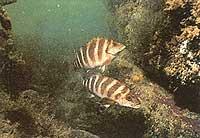
However, New Zealand's marine reserves are still very recent experiments. It is impossible to predict in detail the results of experiments and it is difficult to predict trends. Before creating marine reserves, politicians and people ask marine scientists why we need them, where they will be located and what the benefits will be. All these questions are reasonable, but apart from conjectures it is impossible to answer them.
New Zealand advocates have two ways to address this dilemma. The first is to accept ignorance, but underlining the importance of finding adequate answers and completely prohibiting exploitation by following the experiment. This was the decision made on the first marine reserve. Another approach is to delimit the objectives of the reserve, cooperate with the people who use the area, prohibit only harmful activities and increase protection if the experiment considers it necessary. This was the general idea behind New Zealand's second marine reserve.
In the first approach, the main objective of the experiment is to discover all the consequences of exploitation. This means that fishing, dredging or any other activity is prohibited within the reserve. The next goal is to demonstrate what benefits exist. To do this, the reserve should be open to the public and researchers.
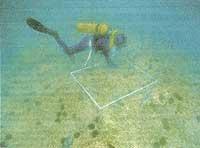
In the Leigh of New Zealand, formerly marine reserve, the rules were simple and strict. Although the ban on fishing in Leigh has meant nothing, more and more people visit the reserve. A recent study reveals that most visitors know that this is a marine reserve before their arrival, have places to fish along their path and favor the need for new reservations with strict rules.
The reserve has become a very active research site. Reserve animals live in more natural densities and distributions and have more natural behavior. The site offers protection for experiments and recording equipment and tracking security. There are detail maps and lots of information.
Area tariffs did not agree on the placement of the marine reserve. They now fish around them and oppose poaching within the reserve. According to the fishermen, the reserve offers them a valuable stock of fish and crabs, which will be favored.
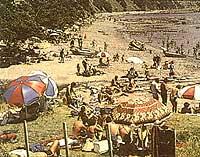
The disadvantage of the approach adopted in Leigh was that from that moment on people could not carry out the activities they had, but no one could find real reasons to ban their activities. It was a work of many years to convince a broad section of the public that the experiment was useful. The public impelled politicians and policymakers. By the time they were willing to launch the action, they preferred an alternative method with limited objectives.
According to the second approach, the first step would be to discard actions that generate damage. It seems appropriate to consult extensively with the users of the area, demonstrating what are the actions causing the damage.
New Zealand's second marine reserve, known as Poor Knights, is in a spectacular location and its marine biology is unique across the country. The surrounding islands are 20 kilometers away and many tropical species inhabit the rocks. Because Poor Knights is far away, there is no human activity in the surroundings, except for some divers and boats.
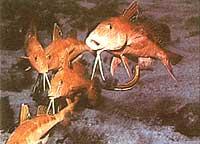
The second approach also has its disadvantages. It is difficult to remember the complex rules and it is not easy to understand the reasons for them. On the one hand, visitors expect stricter rules and, on the other hand, people with access capacity become advocates. It is possible to increase the level of protection later, but changing the rules creates confusion. Since this area is very special and unaffected to a certain extent, a beneficial goal for the future is the prevention of deterioration, but no more has been achieved.
In Leigh, although in the beginning there were contrary opinions, the hardest approach was the most appropriate. The economic, social and scientific benefits of research on the natural ecosystem and the real consequences of our level of traditional exploitation are still taking place in this reserve. Similar national reserve plans, including all marine species, indicate that New Zealand has a clear opinion on this.

Gai honi buruzko eduki gehiago
Elhuyarrek garatutako teknologia





